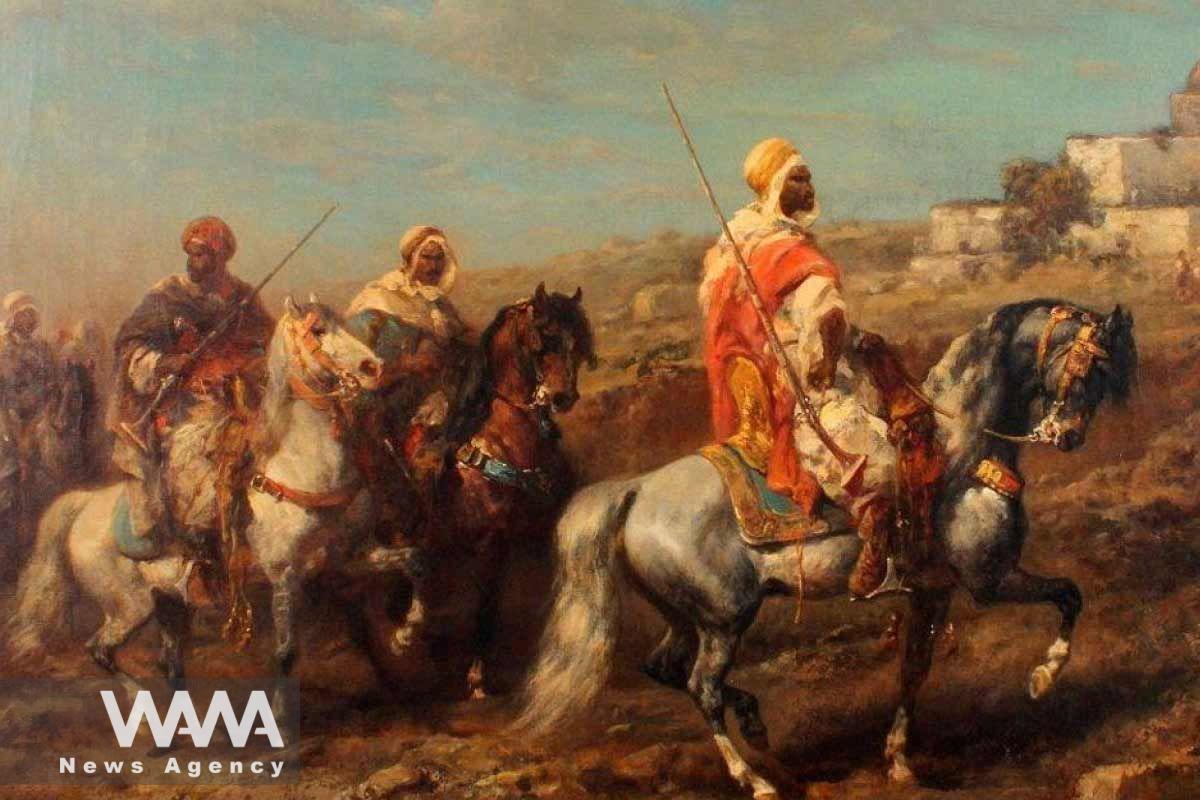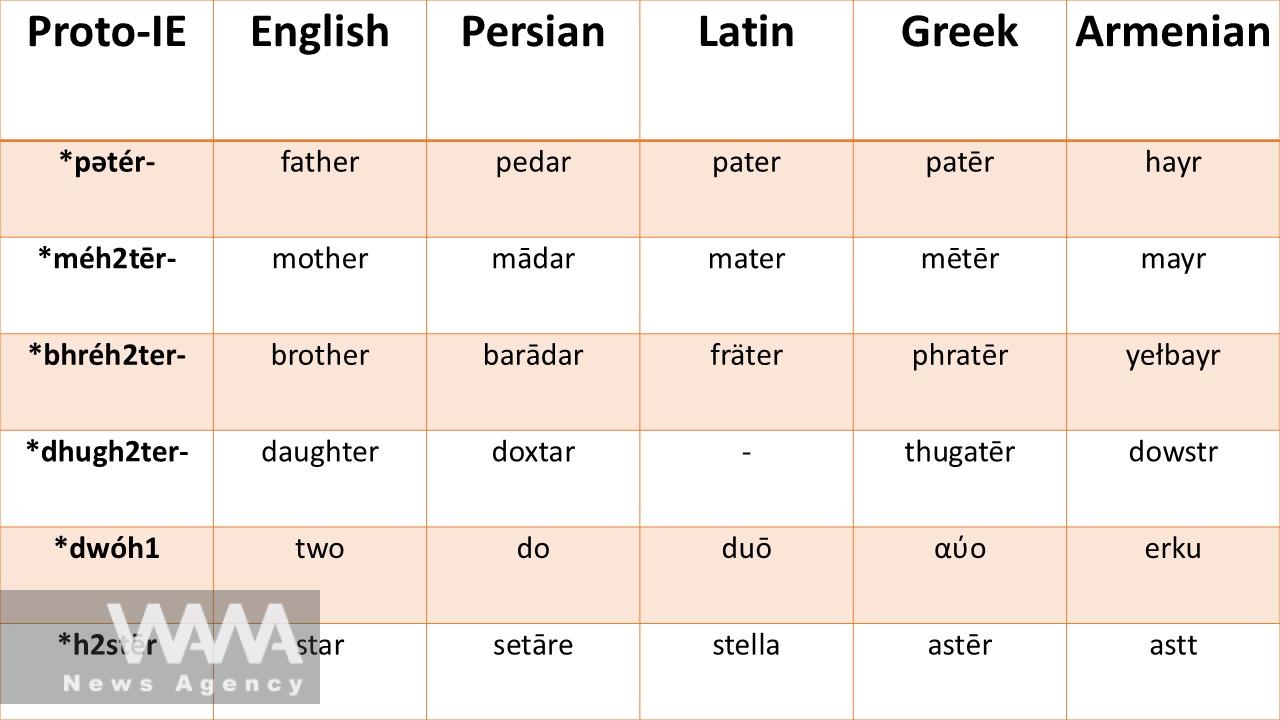Why Does the Iranian Language Go By So Many Names?
WANA (Sep 23) – In a vast land stretching from the Iranian plateau to the heart of Central Asia and the foothills of the Hindu Kush, a resounding and beautiful language had flowed among the people for thousands of years.
This language was called “Parsi”, which acquired various names over time and through the twists and turns of history, each part of this expansive world referring to it by a specific title.
In the beginning, it was known as “Pārsīg,” the language that resonated in ancient Iran. However, when the Arab conquerors arrived in this land, the Persian language gradually transformed.
The Arabs, who did not have the pronunciation of the letter “P,” changed “Parsi” to “Farsi,” and “Espahan” became “Isfahan.” From then on, this language was known as “Farsi,” but this was only one of its names.

In the heart of magnificent palaces and royal halls, this language was used as the language of the court and was called “Dari.” In the courts of various empires, from Iranian dynasties to Indian sultans, Persian functioned as the official and cultural language.
For this reason, its court dialect was named Dari. In present-day Afghanistan, this name is still preserved, and the people of this land refer to their language as “Dari.”
On the other side, in the foothills of the Pamir Mountains and the plains of Tajikistan, lived people who called themselves Tajiks—people who always spoke Persian. Over time, Persian in this region came to be known as “Tajiki.”
Tajiks not only speak this language in Tajikistan but also in Afghanistan, Uzbekistan, and even western China; wherever they are, Persian is their means of communication.
Today, more than 120 million people around the world speak this language, which, due to its wide reach, has made it one of the most influential languages in the Middle East alongside Arabic.
International news networks like BBC, and Euronews all have news sections in Persian, highlighting its significant position on the global stage.
Persian is not just a language; it is a heritage of several thousand years of culture and literature. Throughout history, great poets like Khayyam, Saadi, Hafez, and Ferdowsi have enriched the literary treasures of this language.
Persian poetry remains one of the main pillars of the culture surrounding this language, and its renowned figures have continued to shine from the depths of history to the present day.
But the story of the Persian language doesn’t end here. Persian is one of the members of the large Indo-European language family—the same family that includes languages like English, French, Russian, and Hindi.
Thousands of years ago, there existed a Proto-Indo-European language, the various dialects of which gradually evolved into separate languages.
Persian, along with other Iranian dialects such as Turkish, Pashto, Kurdish, Gilaki, Mazandarani, Lori, Balochi, Tati, and Taleshi, is a branch of this ancient tree.

The government of the Islamic Republic of Iran has also taken measures to preserve and revive the Persian language, such as replacing foreign words with their Persian equivalents and mandating their use in various places and references instead of foreign vocabulary.
It has also established Persian language courses at universities outside Iran, along with general education and the publication of Persian textbooks and teaching materials.
Ultimately, although Persian is known by various names such as Parsi, Farsi, Dari, and Tajiki, all these names refer to a single language—a language that, despite differences in dialects and accents, shares a common history. These differences are not divisive; rather, they add to the diversity and beauty of the language.












